Reza Katebi
Primordial non-Gaussianity from the Completed SDSS-IV extended Baryon Oscillation Spectroscopic Survey I: Catalogue Preparation and Systematic Mitigation
Jun 25, 2021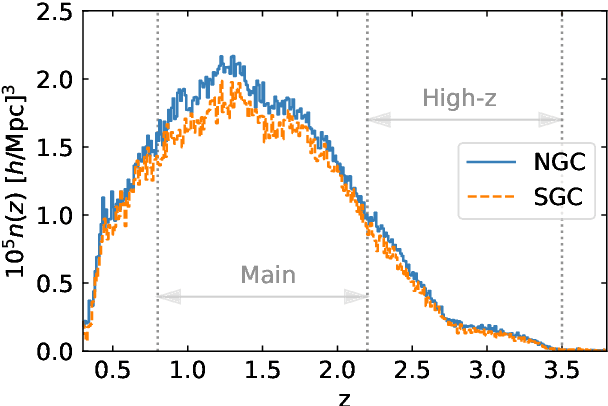
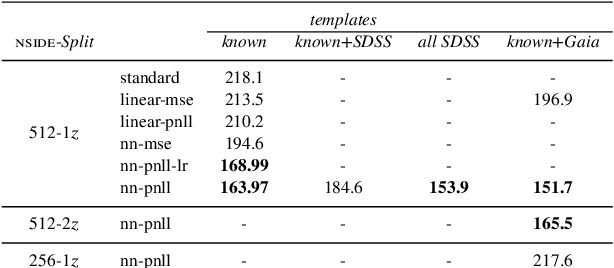
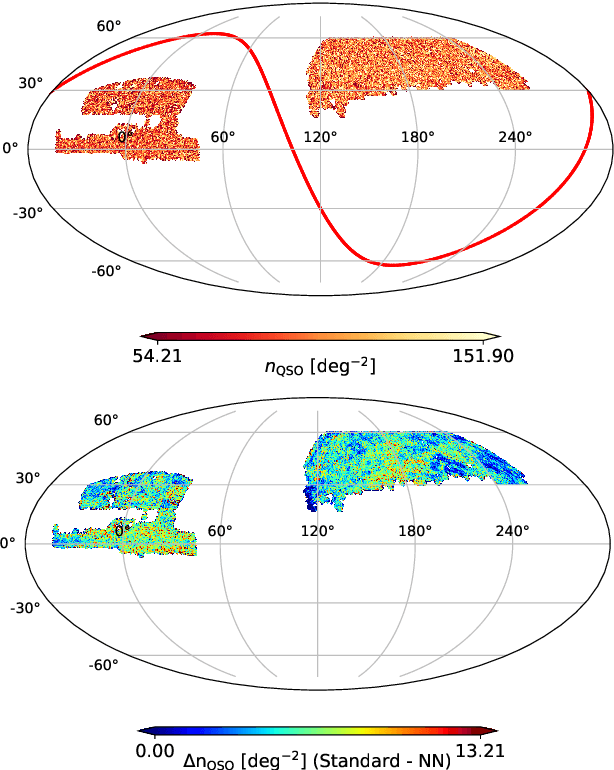

Abstract:We investigate the large-scale clustering of the final spectroscopic sample of quasars from the recently completed extended Baryon Oscillation Spectroscopic Survey (eBOSS). The sample contains $343708$ objects in the redshift range $0.8<z<2.2$ and $72667$ objects with redshifts $2.2<z<3.5$, covering an effective area of $4699~{\rm deg}^{2}$. We develop a neural network-based approach to mitigate spurious fluctuations in the density field caused by spatial variations in the quality of the imaging data used to select targets for follow-up spectroscopy. Simulations are used with the same angular and radial distributions as the real data to estimate covariance matrices, perform error analyses, and assess residual systematic uncertainties. We measure the mean density contrast and cross-correlations of the eBOSS quasars against maps of potential sources of imaging systematics to address algorithm effectiveness, finding that the neural network-based approach outperforms standard linear regression. Stellar density is one of the most important sources of spurious fluctuations, and a new template constructed using data from the Gaia spacecraft provides the best match to the observed quasar clustering. The end-product from this work is a new value-added quasar catalogue with the improved weights to correct for nonlinear imaging systematic effects, which will be made public. Our quasar catalogue is used to measure the local-type primordial non-Gaussianity in our companion paper, Mueller et al. in preparation.
Galaxy morphology prediction using capsule networks
Sep 22, 2018
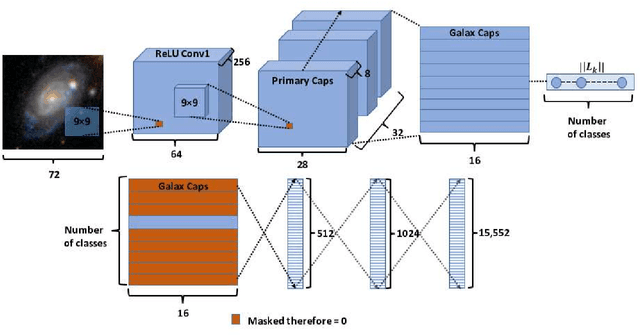
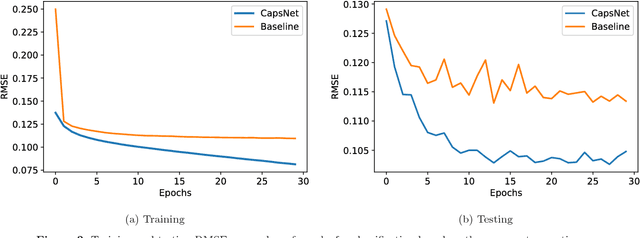

Abstract:Understanding morphological types of galaxies is a key parameter for studying their formation and evolution. Neural networks that have been used previously for galaxy morphology classification have some disadvantages, such as not being invariant under rotation. In this work, we studied the performance of Capsule Network, a recently introduced neural network architecture that is rotationally invariant and spatially aware, on the task of galaxy morphology classification. We designed two evaluation scenarios based on the answers from the question tree in the Galaxy Zoo project. In the first scenario, we used Capsule Network for regression and predicted probabilities for all of the questions. In the second scenario, we chose the answer to the first morphology question that had the highest user agreement as the class of the object and trained a Capsule Network classifier, where we also reconstructed galaxy images. We achieved promising results in both of these scenarios. Automated approaches such as the one introduced here will greatly decrease the workload of astronomers and will play a critical role in the upcoming large sky surveys.
 Add to Chrome
Add to Chrome Add to Firefox
Add to Firefox Add to Edge
Add to Edge